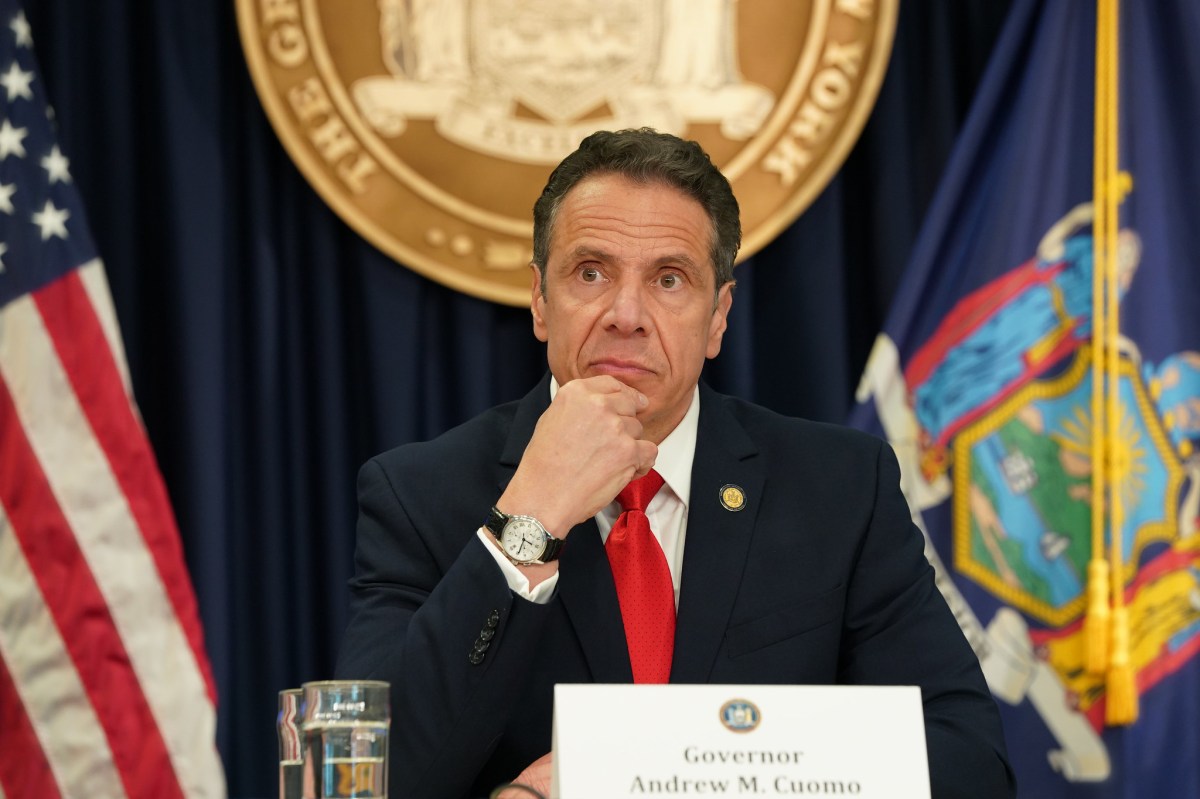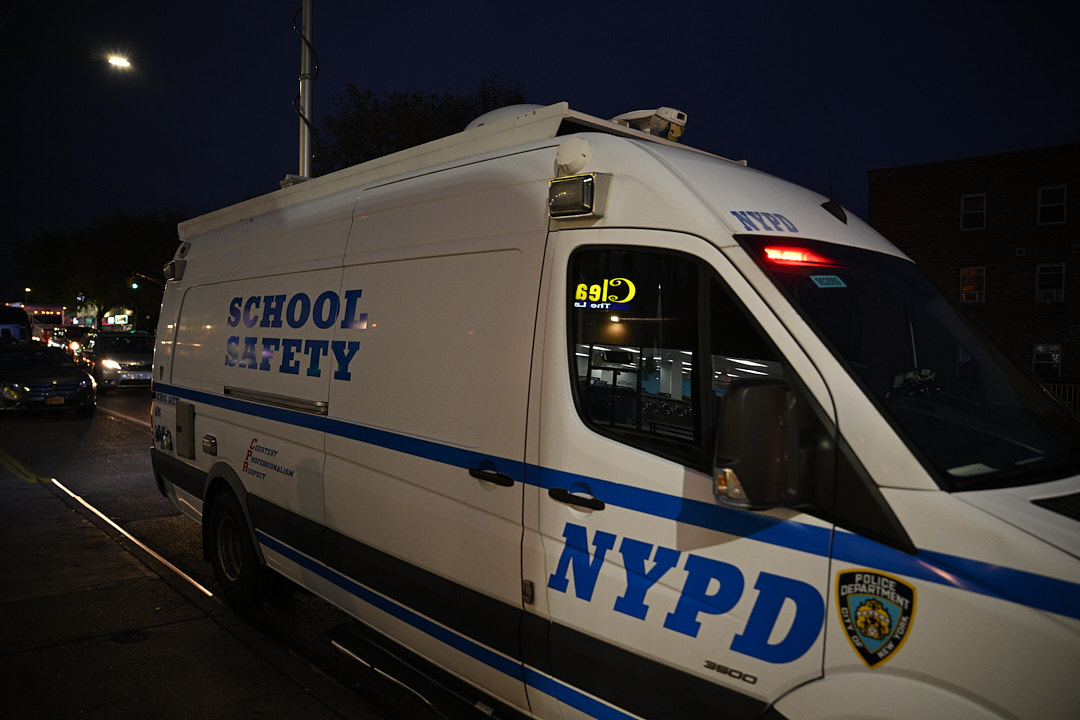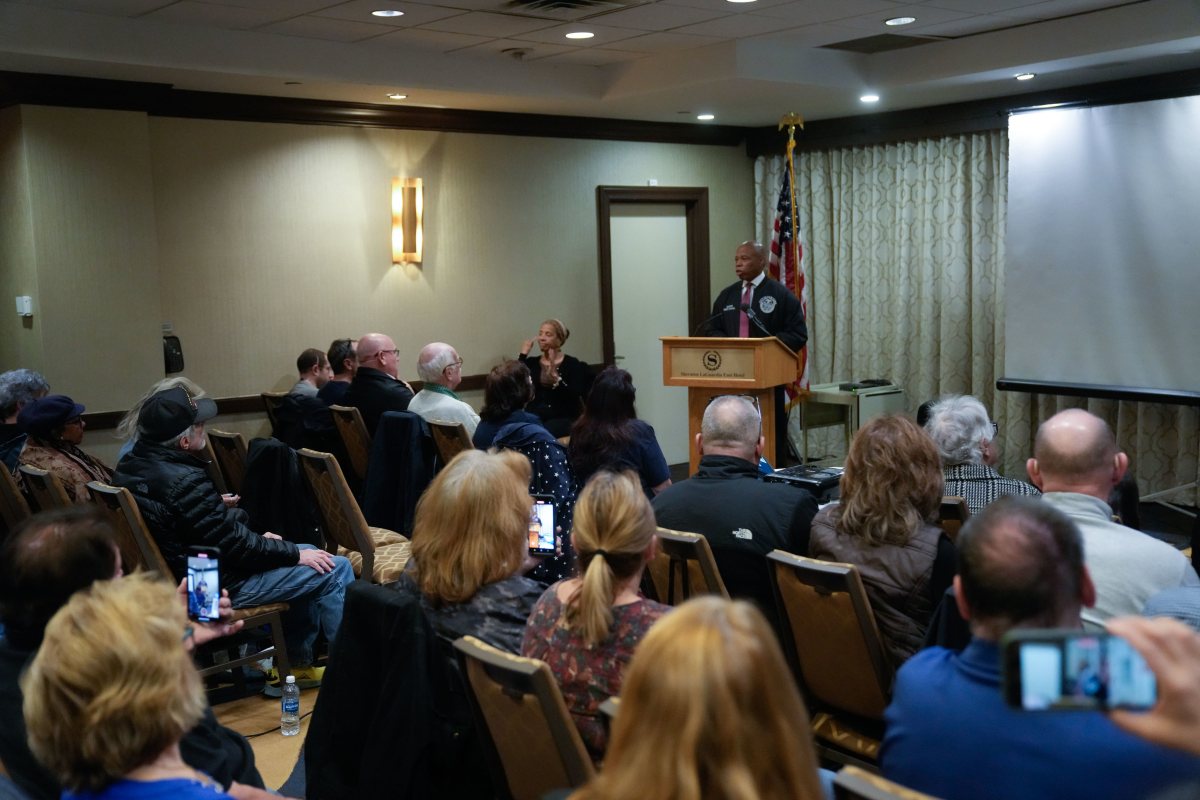Governor Andrew Cuomo went after President Trump again Tuesday for Trump’s recent bickering in an article that “blue-state bailouts” were unfair to Republicans. The governor reminded Trump publicly that the pandemic is a national issue that affects all Americans, regardless of their party.
During his May 5 coronavirus briefing, Cuomo addressed a recent interview that the president had with the New York Post which addressed whether or not the federal government should give aid to state governments for coronavirus. Cuomo stated that while the federal government has given aid to help airlines, small business and hotels, but no aid has been given to the state and local governments so far.
“It’s the state and local governments that fund police, fire, education, teachers, healthcare workers – if you starve the states, how do you expect the states to be able to fund this whole reopening plan?” said Cuomo.
Cuomo addressed comments by Republicans who say that they don’t want to give money to “blue states,” saying that this is not a blue state issue – this is a national issue.
“This is not a blue state issue. Every state has coronavirus cases,” said Cuomo. “It’s not just Democratic states that have an economic shortfall, Republican states have an economic shortfall. No blue state was asking for a bailout before this coronavirus. I wasn’t asking for anything from the federal government before the coronavirus. The federal government wasn’t giving New York anything for years.”
Cuomo stated that since stopping the economy, New York – like many states – is in a deficit and has asked for aid to restart the economy. He noted that New York State puts more money into the Federal Government than it receives every year, compared to states like Florida, which takes out more money than it puts in.
“It can’t be, ‘it’s you vs. me’, it has to be ‘we.’ If you don’t get back to ‘we’ and you think about a collective interest, you’re going to defeat us all,” said Cuomo. “It’s not red and blue, it’s red, white and blue. This coronavirus doesn’t kill Democrats and Republicans – it kills Americans.”
In New York State, the number of new COVID-19 hospitalizations and the number of intubations are down. On May 4, 230 New Yorkers died of coronavirus, which is four more than the day before.
“There’s no doubt that we’re coming down the mountain,” said Cuomo. “The only question is what trail we take, what path we take, coming down the mountain – how fast does that decline continue, does the decline continue? And that is a clear function of what we do.”
“Everything we have done thus far has worked, and that’s why the number is coming down,” Cuomo added, before reiterating that testing, tracing and isolating is crucial to beating the pandemic.
Cuomo acknowledged during the briefing that one of the debates going on nationally is in regard to how much a human life is worth. He stated that while there is a lower economic cost to reopening the state faster, it comes at the cost of losing more lives to the infection.
“That, my friends, is the decision we are really making,” said Cuomo. “What is that balance, what is that trade-off? Because it is very real.”
In early projections by the Institute for Health Metrics and Evaluation (IHME), they projected around 60,300 deaths by Aug. 4 nationwide. However, since states started announcing plans for reopening, the number of projected deaths shot up to over 134,000.
Cuomo stated that the director of IHME said “rising mobility in most US states as well as the easing of social distancing measures expected in 31 states by May 11, indicating that growing contacts among people will promote transmission of the coronavirus.”
“That’s a very nice way of saying when you accelerate the reopening, you will have more people coming in contact with other people – you’re relaxing social distancing,” said Cuomo. “The more people in contact with other people, the higher the infection rate of the spread of the virus. The more people who get infected, the more people die.”
Holding a briefing with updates on #Coronavirus. Watch Live: https://t.co/HUbR89h7mF
— Andrew Cuomo (@NYGovCuomo) May 5, 2020



































